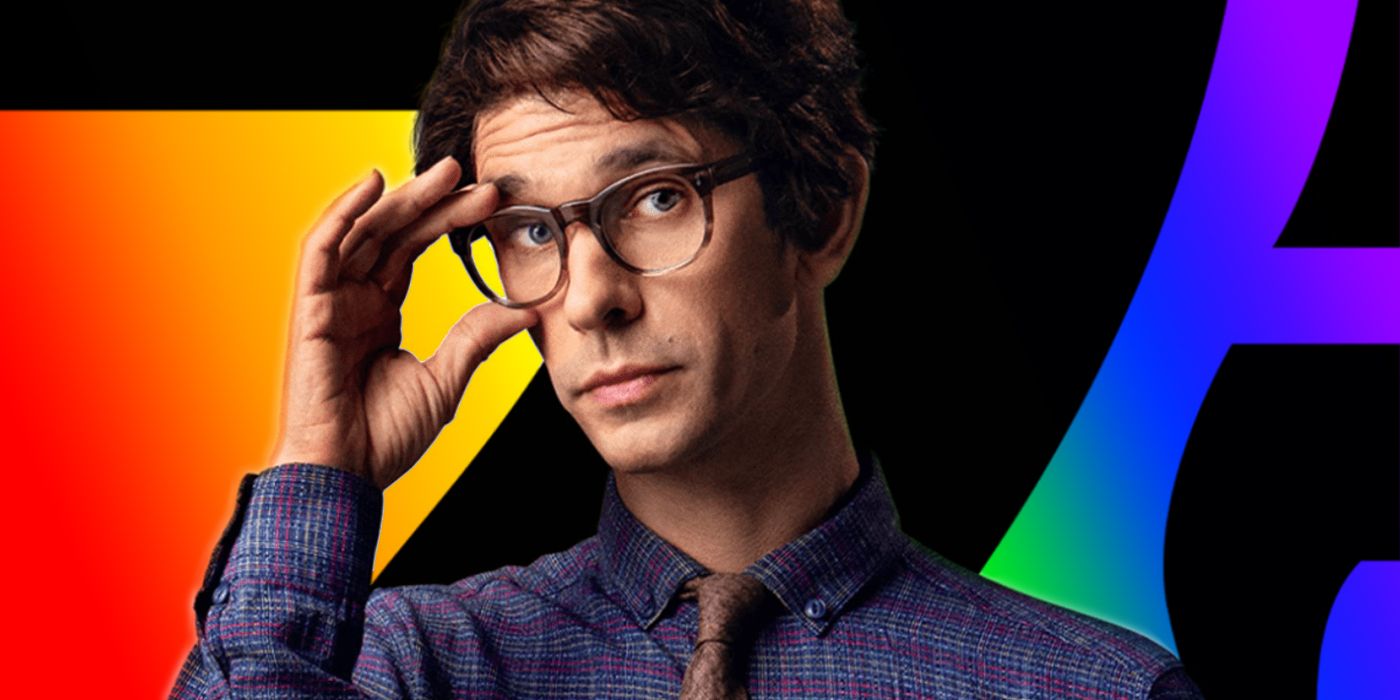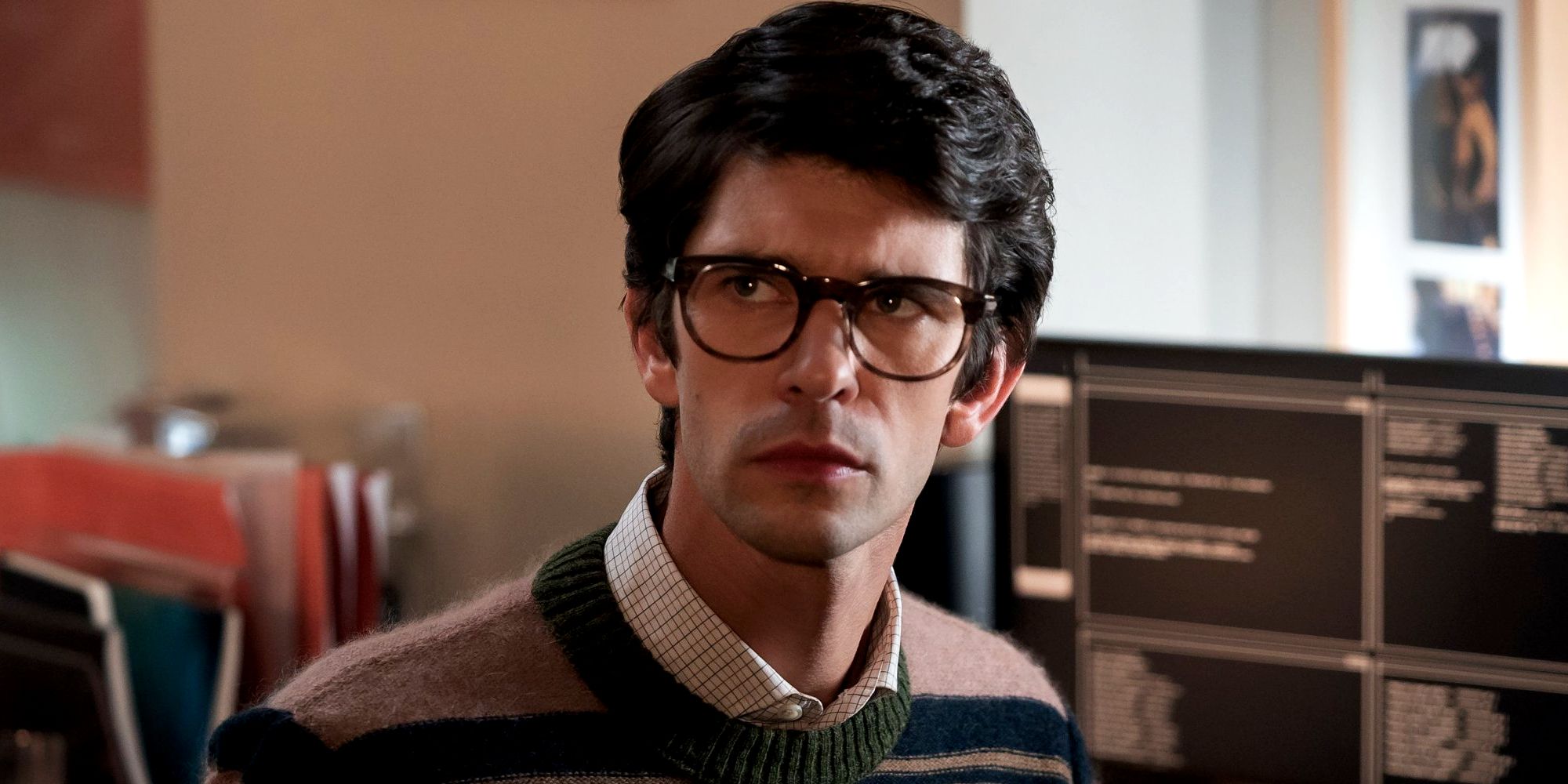
The latest James Bond installment, No Time To Die, reveals that an important character is gay, but it makes the same mistake as Disney regarding LGBTQ representation. The film once again follows the iconic James Bond (Daniel Craig) into retirement before he's reluctantly forced out of his isolation to save the world one last time. After he rejoins MI6, Bond reacquaints himself with some old friends like Q (Ben Whishaw) and Eve Moneypenny (Naomie Harris). The agent recruits these two to help him dig into the mysterious Project Heracles that M (Ralph Fiennes) wants to keep under wraps.
Part-way through the movie, Bond and Moneypenny arrive at Q's flat unexpectedly to get his help analyzing a robotic eye that Bond recovered from the deadly Spectre party. Q is caught unawares by their arrival, and he is clearly preparing to host a date which he reveals will be with another man. Dismissing his objections, Bond and Moneypenny insist that Q prioritize the job, and after he is revealed to be gay, Q's sexual orientation is never mentioned again, and his date is never shown.
No Time To Die repeats a common problem that modern films have with LGBTQ portrayals. While the major studios claim that representation of all sexual orientations is important, many shy away from depicting such characters in a meaningful way. It's a problem that can be seen in other big franchises — particularly those owned by Disney — and it can be seriously detrimental to the otherwise great movies.

There is now something of a reputation revolving around Disney's many "first" gay characters. A number of films, including Beauty and the Beast, Star Wars: The Rise of Skywalker, and Avengers: Endgame among others, all boasted LGBTQ firsts for Disney. But despite claims of becoming more inclusive, none of the characters actually get a relationship of substance. They're always either background characters or ones that, despite being openly gay, don't get a romantic subplot. As result, Disney has been accused of "queerbaiting" by audiences who feel that the LGBTQ characters aren't really for inclusion, but simply for a headline and attract the "pink dollar."
It's a problem that's far too prevalent in modern cinema, and unfortunately, Metro-Goldwyn-Mayer and Eon Productions Inc. make the exact same mistake in No Time To Die. For a film that does a good job overall at trying to rectify the franchise's reputation for marginalizing women, it's counterintuitive to then include a reductionist depiction of a gay man. The real problem is that this type of minimized portrayal of LGBTQ characters pretends to be a solution to the problem of their community's underrepresentation in film. It's simply not, and to pretend that it's an acceptable fix is to continue to ignore the actual issue.
Unfortunately, James Bond and Disney are just some of the movie franchises guilty of this. It is worth noting that depictions of LGBTQ characters are still a highly complex and nuanced issue, but the task is not impossible. There are projects, such as Schitt's Creek, that have casts which prominently include a gay couple but whose characters don't solely revolve around their sexual orientation. It's beacons like this that need to continue to lead the way so that mistakes like Q's depiction in No Time To Die aren't repeated.
from ScreenRant - Feed https://ift.tt/2Z4NUyf
via IFTTT
No comments:
Post a Comment